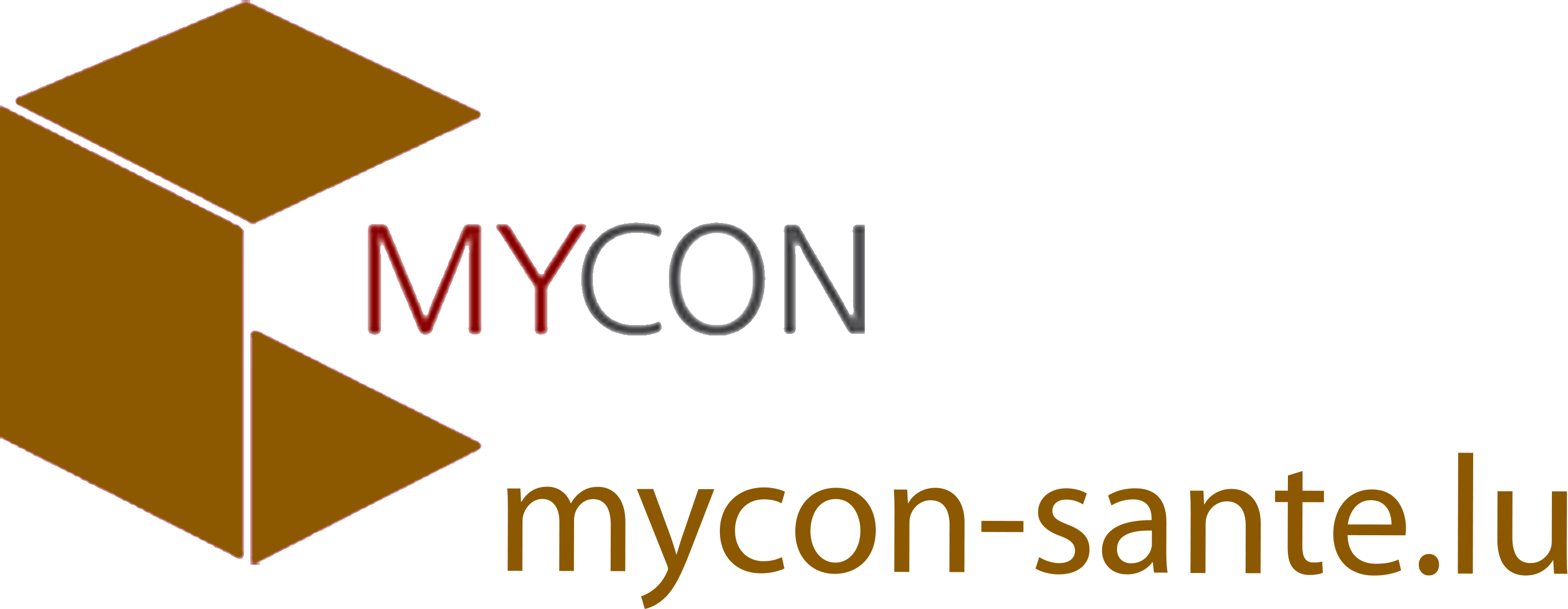00352 - 27 28 15 38 | mycon@mycon.lu
Residential building
Commitment
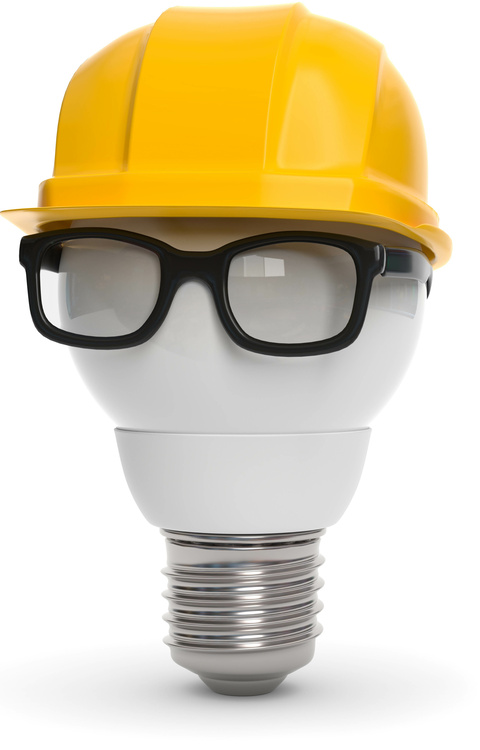
Obligation of the employer to carry out, with the help of the doctor of job,
- An inventory of risky jobs
- Update at least every 3 years
- and communicate the results Occupational Health Department
In the absence of communication, the health department may draw up a list of
ex officio on the advice of the supervisory authority of labour and mines
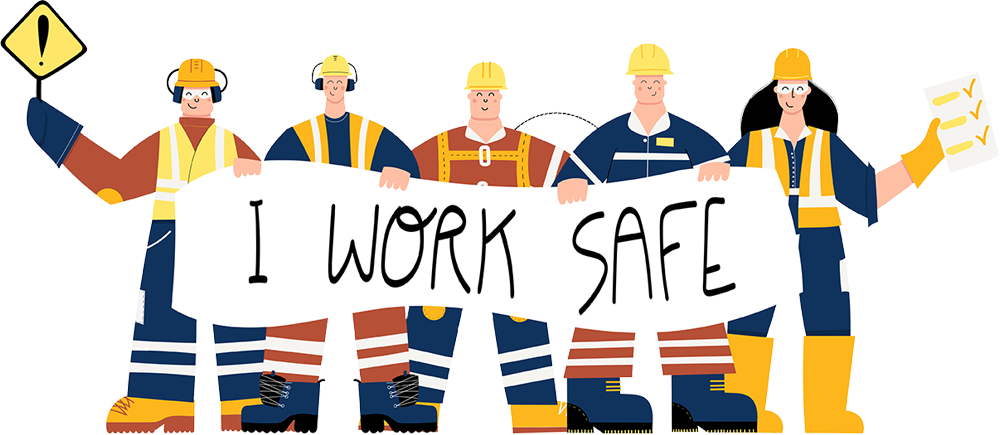
OCCUPATIONAL DISEASE
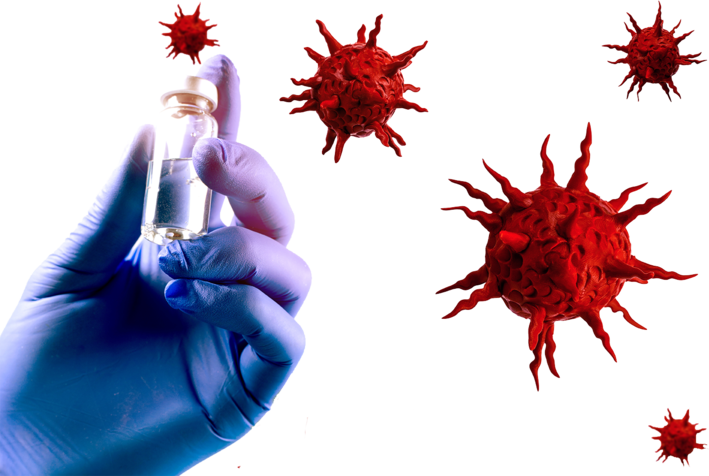
- Manual load carrying
- Articular and para-articular pathologies, some of which are recognised as occupational diseases
- Physical efforts
- Extended postures
OCCUPATIONAL DISEASE
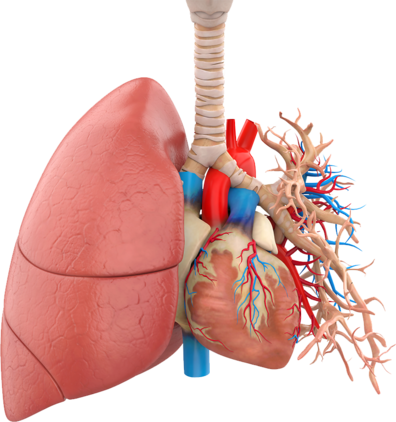
- Pneumopathies: asbestos, silica, hard metals, iron dust, aluminium, ...
- Respiratory cancer: asbestos, chromium, nickel, hard metals, hardwoods
- Allergies of the respiratory tract to organic substances (flour, cotton, ...) or inorganic (cobalt, ...)
CHEMICAL HAZARD
- Dust of all kinds: mineral dust (stone cutting, etc.), dust
- Wood, metal dust, etc.
- Volatile chemical substances: Solvents, degreasers, paints, adhesives, strippers,
- Tars....
- Aerosols (surface treatment baths, machining centres with oils or cutting emulsions, etc.)
- Vapours (welding, vulcanisation processes, thermal manufacturing processes, etc.)
Carcinogens are those that are present in Article 2 of the amended Grand-Ducal Regulation of 4 November 1994 on the protection of workers from the risks related to exposure to carcinogens at work are defined.
medical surveillance
| Average frequency of medical examinations | 24 months |
| Planned monitoring and prevention procedures | physical examination |
| Audiometry | |
| Spirometry | |
| Targeted medical toxicological examinations | |
| Name and first name of the occupational physician | Dr Pierre Blaise |

risky job
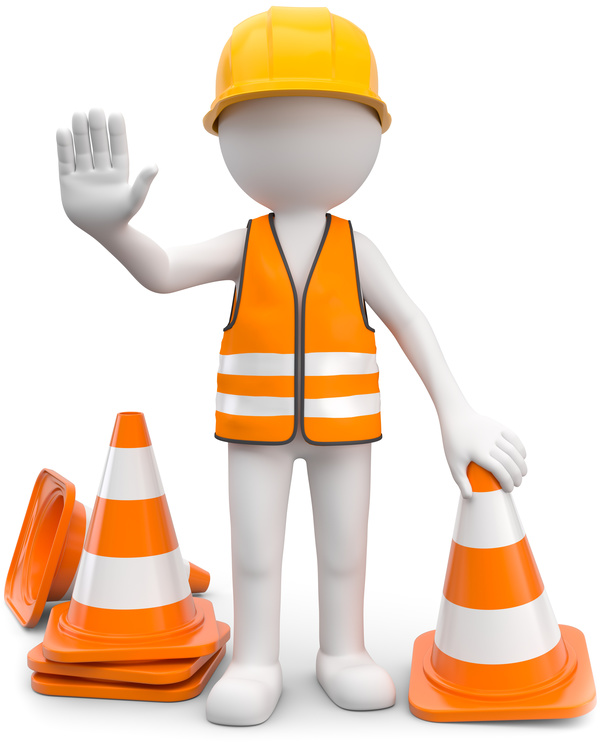
Position that exposes the worker:
- a risk of occupational diseases
- to a specific risk of an occupational accident
- physical, biological and carcinogenic agents that may be harmful to health
The following are considered dangerous positions :
- any position involving an activity that may seriously endanger the safety and health of other workers or third parties.
- any position associated with the control of an installation, the failure of which may seriously endanger the safety and health of other workers or third parties.
Activities that aggravate reduced vigilance
- the use of neurotoxic substances
- the use of volatile organic substances
- Conditions that increase monotony and lead to hypovigilance
- Tasks that require sustained attention
Activities that require increased biological activation
- painstaking work
- Work carried out in an excessively hot or cold environment
Position with a particular and characteristic risk of a potentially serious accident. (Explosion - fall from height - confined space...)
- Scaffold Stand
- Column erector
Activity with serious danger for the worker or third parties
Machine operator
- Positions with hazardous activities with risk of accident with TIW > 3 months (e.g. forklift operator, machine operator, crane operator, etc.)
- Positions with tasks that can lead to irreversible disabling or even fatal pathologies.
Control of a plant with serious danger for workers and third parties in case of failure:
- Control station for production lines
- plant control station
- Air traffic controller - Rolling mill operator
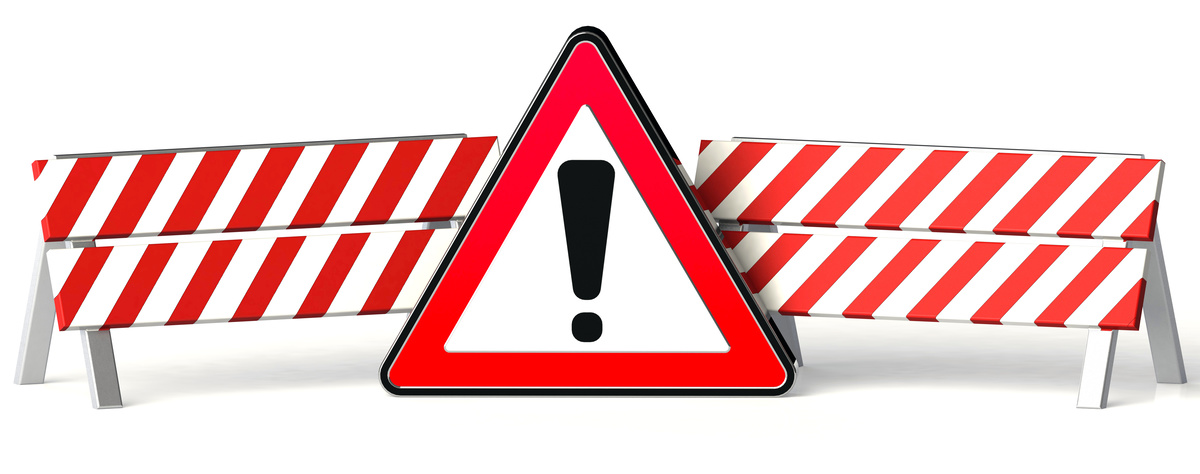
Inventory of risky jobs
Main objective :
- Determination of medical surveillance in occupational medicine (frequency and content of regular examinations)
Other effects in vulnerable position :
- Compulsory medical examination before employment
- Obligation to undergo a medical examination for students
- Occupational ban for young workers
- Risk assessment for pregnant and breastfeeding women
with possible distance of the station
Other effects
- Adapted safety training for positions with serious health and safety risks to other workers or third parties.
- The number of risky positions also plays a role in calculating the number of designated workers the company must fill
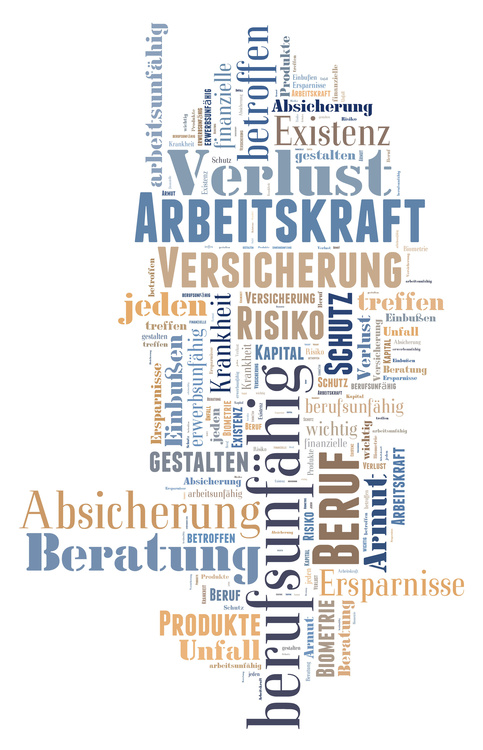
| Risk inventories |
|---|
| Position / Sector / Risky Activity | Mixing room |
| Description of the activities | Number of employees involved | |
| Production of adhesives and mixtures used in the manufacturing process | Man | Ms |
| 2 | 0 | |
Description of the risks
| Frequency exhibition | Coded |
| 1x / year | 1 |
| 1x / month | 2 |
| 1x / week | 3 |
| 1x / day | 4 |
| Exhibition Level | Action |
| Level 1 Negligible | No action required |
| Level 2 bearable | The risk was reduced to the lower possible |
| Level 3 Medium | Efforts should be made to reduce the risk, but the costs of prevention should be carefully assessed and limited |
| Level 4 Essential | Short-term reduction measures are required and significant resources may need to be made available to reduce the risk. |
| Level 5 unbearable | Work should not be carried out or continued until the risk has been reduced |
| Risk codes | ||
| Risks for the employees | Frequency exhibition | Exhibition Level |
| Skin risks associated with contact with epoxides | 3 | 4 |
| Risks from inhalation of volatile substances: styrene, phenol, MEK | 3 | 4 |
| Particle inhalation hazards: Microspheres | 3 | 4 |
| Noise pollution from mixers | 3 | 4 |
Risk assessment
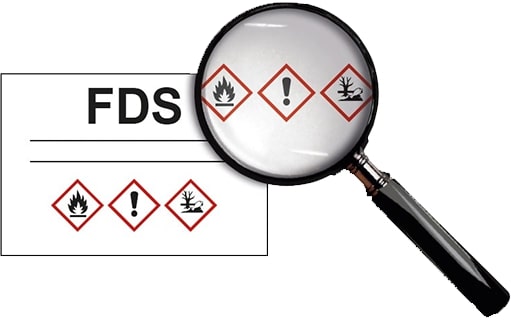
Risk assessment is the systematic examination of :
- all aspects of the work that can lead to injuries,
- the means to eliminate hazards
- the preventive or protective measures taken or to be taken to manage these risks.
Hazard identification → Risk assessment → Elimination / reduction of risks
Workers with special risks:
- Disabled
- Young worker
- Older worker
- Pregnant/breastfeeding woman
- Untrained staff
- Workers with chronic diseases.
